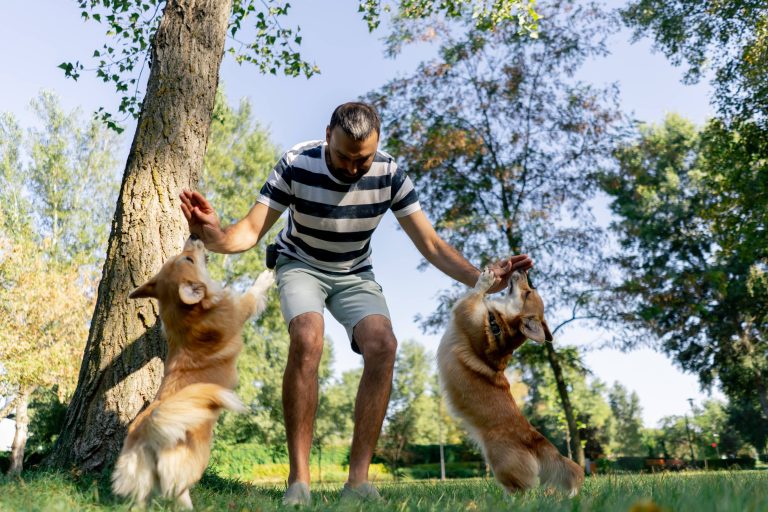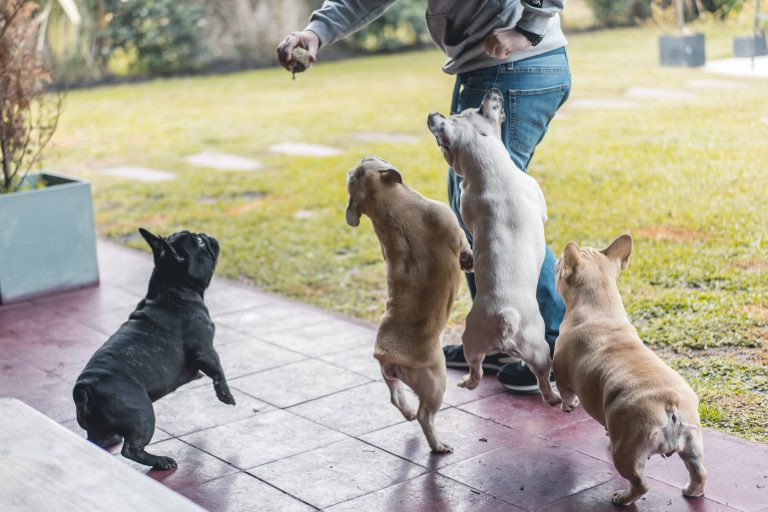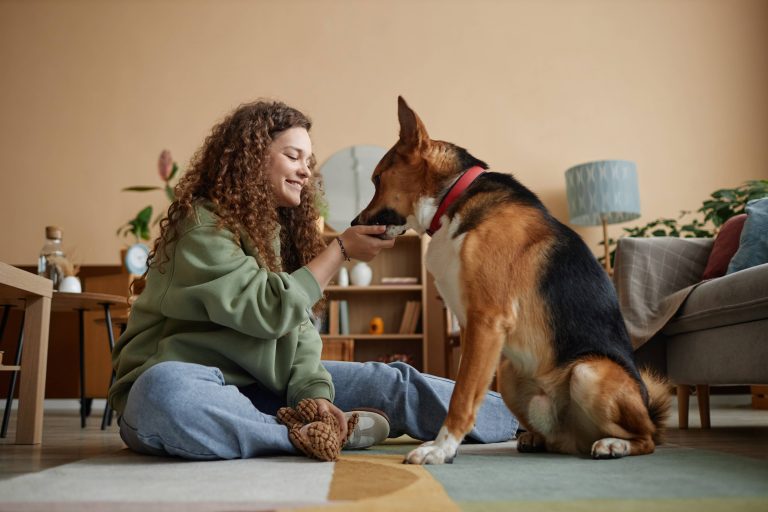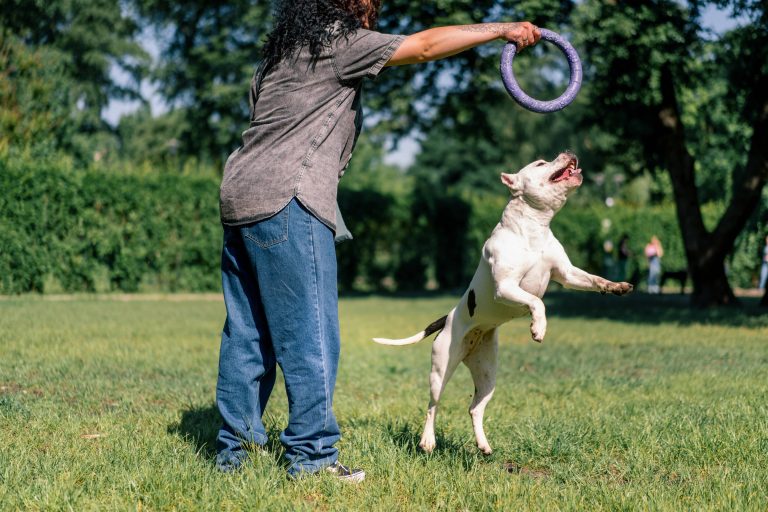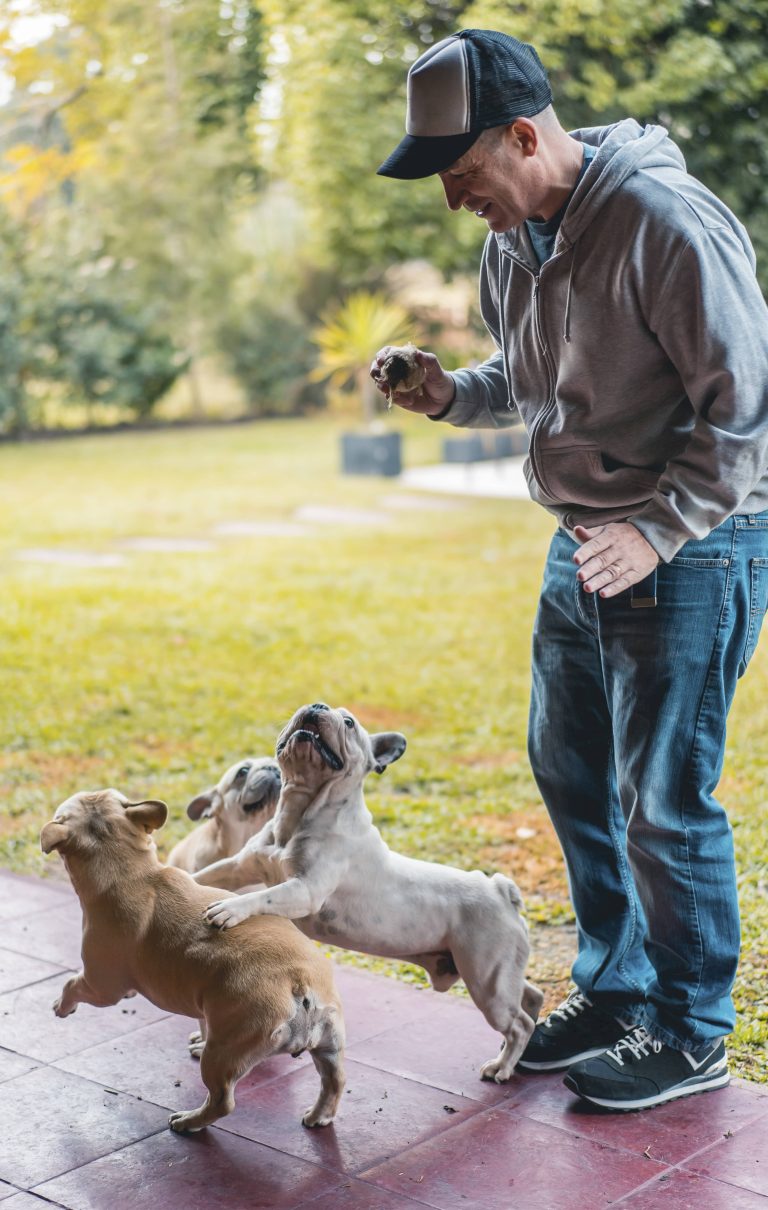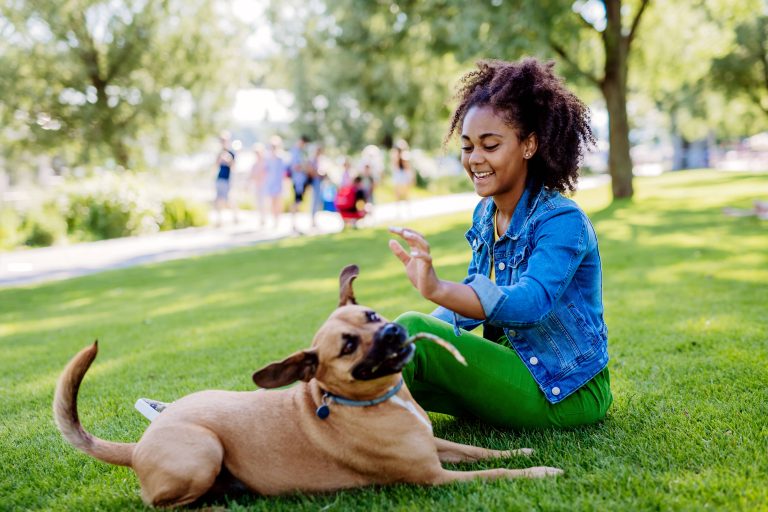Teaching Your Dog Basic Commands: Sit, Stay, and Come

Having a well-behaved dog not only ensures the safety and happiness of your furry friend but also brings peace and satisfaction to you as a pet owner. One of the foundational aspects of pet training involves teaching your dog basic commands like sit, stay, and come. These commands form the bedrock of more advanced training techniques and can greatly improve the quality of life for both you and your pet.
In this blog post, we will explore step-by-step instructions for teaching your dog these essential commands. Whether you have a new puppy or an older dog who needs some basic training, you’ll find useful tips and strategies to help your dog become a well-mannered member of the family.
Teaching Your Dog to Sit
Why Teach “Sit”?
The “sit” command is one of the first and most fundamental commands that any dog should learn. It serves as a foundation for other behaviors and helps to establish your role as the pack leader. Moreover, a sitting dog is less likely to engage in unwanted behaviors such as jumping on guests or pulling on the leash.
How to Teach “Sit”
1. Find a Quiet Space: Begin in a low-distraction environment where you and your dog can focus. This could be your living room, backyard, or a quiet park.
2. Get Your Dog’s Attention: Use a treat to capture your dog’s attention. Hold the treat close to your dog’s nose and let it sniff the treat without letting it take it from your hand.
3. Move the Treat: Slowly move the treat upwards while saying “sit.” As your dog’s head follows the treat, its rear will naturally lower to the ground.
4. Reward and Praise: The moment your dog’s bottom touches the ground, offer the treat and provide enthusiastic praise. Consistent positive reinforcement will strengthen your dog’s association between the command and the desired behavior.
5. Repeat and Practice: Practice the “sit” command several times a day in short sessions. Gradually introduce distractions and practice in various environments to ensure your dog can perform the command reliably in different settings.
Teaching Your Dog to Stay
Why Teach “Stay”?
The “stay” command is crucial for your dog’s safety and your peace of mind. It can prevent your dog from running into dangerous situations, like busy streets or encounters with aggressive animals. Additionally, it can be helpful when you need your dog to remain calm and in place, such as during a visit to the vet or while greeting guests at home.
How to Teach “Stay”
1. Start with “Sit”: Begin teaching the “stay” command once your dog has mastered the “sit” command. Have your dog sit in a comfortable position.
2. Use a Hand Signal: Hold your palm out in front of your dog’s face, as if you are signaling it to stop. Clearly say “stay.”
3. Take a Step Back: Take one step back while keeping your hand raised and maintaining eye contact. If your dog stays in the sitting position, reward it with a treat and praise.
4. Increase Distance Gradually: Gradually increase the distance and duration of the “stay” command. Start with just a couple of steps and a few seconds, and gradually work up to longer stays.
5. Practice Regularly: Practice the “stay” command in different locations and situations to build your dog’s confidence and reliability. Remember to reward and praise your dog for a job well done.
Teaching Your Dog to Come
Why Teach “Come”?
The “come” command is an essential part of your dog’s training regimen, as it ensures that you can call your dog back to you in any situation. Whether your dog is exploring off-leash in a park or has slipped out of the front door, a reliable recall command can be life-saving.
How to Teach “Come”
1. Leash Up for Safety: Start training your dog to come while on a leash to maintain control and ensure safety. Use a long training leash if available.
2. Use a Positive Tone: Speak in an excited and positive tone when calling your dog. Say “come” or “here” while gently pulling on the leash.
3. Reward Immediately: When your dog approaches you, reward it with treats and praise. The goal is to make coming to you a highly rewarding experience.
4. Practice at Home: Begin practicing the recall command indoors or in a fenced yard where distractions are minimal. Gradually increase the distance and the level of distraction as your dog becomes more proficient.
5. Make it Fun: Turn the training sessions into a game. Hide and seek can be a fun and effective way to practice recall. Call your dog from different rooms or hiding spots to keep it engaged and responsive.
Conclusion
Teaching your dog basic commands like sit, stay, and come is a rewarding experience that strengthens the bond between you and your pet. With patience, consistency, and positive reinforcement, you can instill these essential commands, making life safer and more enjoyable for both you and your furry companion.
Remember, each dog learns at its own pace, so don’t be discouraged if progress is slow. Keep training sessions short, fun, and positive, and celebrate each small victory along the way. Happy training!
